A fall in demand for French wines, a more competitive market and lingering pandemic problems have hit winemakers in the regions of Bordeaux and Languedoc so hard that the French government will soon pay them US$215 million (AUD$334m) to sell off their surplus—and has set aside other money to help grape-growers shrink their vineyards.
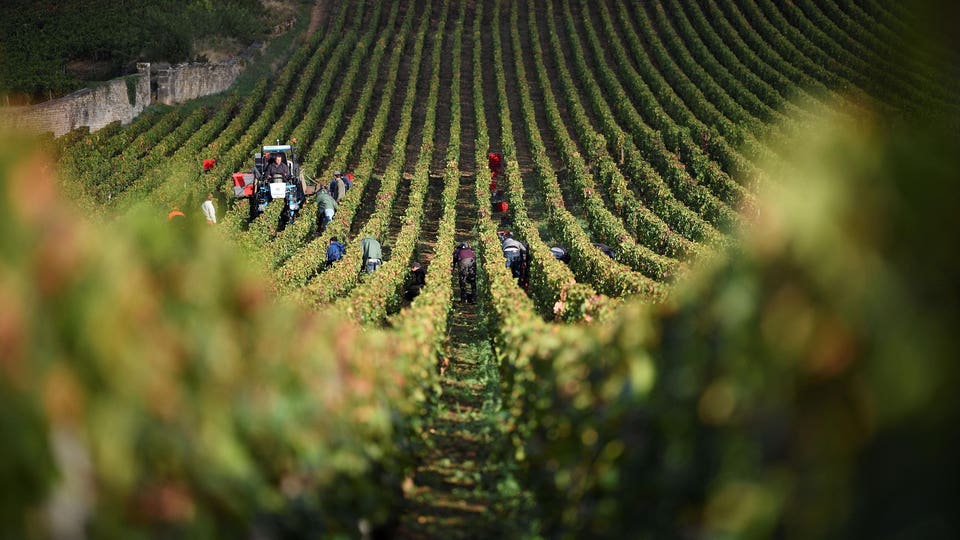
Key Facts
- Marc Fesneau, French agriculture minister, told reporters Friday the money to destroy surplus stock is meant to stem a collapse of prices and allow winemakers to “find sources of revenue again” as the country prepares for a surplus of 3 million hectolitres of wine—about 400 million bottles—this year, the Financial Times reported.
- The money will allow wine producers to distill the alcohol from their surplus wines—which is expected to represent about 7% of last year’s production—to pure alcohol, which can be sold at a loss to the makers of hand sanitizer, perfume and other industries.
- This is not the first time the government has instituted such a buy-back program as the overproduction of vino has driven prices of some wines down by as much as 20%—French wine market expert Elizabeth Carter told the Washington Post that France has for years struggled with more wine than is consumed and limiting quantity should help prop up prices.
- The Bordeaux region is known for its full-bodied reds and Languedoc is known for its red blends, both hit hard by declining red wine sales that have fallen by 32% in France over the last 10 years as young drinkers turn to rosé, beer and non-alcoholic options instead.
- The closing of restaurants and cancelation of trade markets and shows during the Covid pandemic hit winemakers hard, and the ongoing climate crisis has also hurt the industry—news of the payments to destroy surplus comes at the same time as the country’s grape harvesting season, which has slowly moved earlier each year since the 1980s as summer temperatures rise.
- Hikes in the prices of fuel and food sparked by Russia’s invasion of Ukraine have led to buyers spending less on the non-essential beverage across the European Union, Barron’s reported—wine consumption has fallen 10% this year in Spain, 22% in Germany and 34% in Portugal.
- In addition, fewer acres of French land than ever are being used to grow grapes for wine as the country also agrees to compensate grape growers who rip out their excess vines—Bordeaux grape growers are planning to tear out almost 23,500 acres of vines this year.
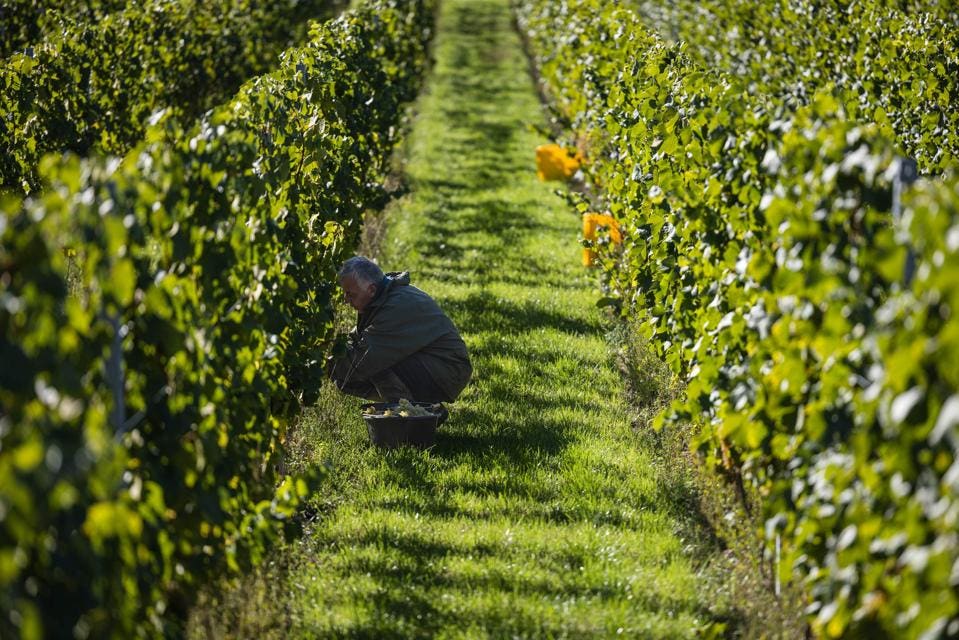
Crucial quote
“We’re producing too much, and the sale price is below the production price, so we’re losing money,” Jean-Philippe Granier, from the Languedoc wine producers’ association, told The Guardian.
Key background
France is one of the largest wine-producing countries in the world and has counted the industry as a crucial part of its culture for more than 2,000 years.
Laws have been in place to control the quality since the 1930s and all styles of wine—reds, whites, rosé, sparkings and champagnes—are produced in France. The country has more than 200 indigenous varietals, including Chardonnay and Cabernet Sauvignon.
The French market is worth roughly $15.6 billion, according to research firm IBIS World, and last year wine and spirit exports reached $18.5 billion.
Big number
5.6. That’s how many liters of alcoholic drinks were sold per person in France in 2020, down significantly from the 20 liters sold per inhabitant in 1961, Reuters reported.
Tangent
France isn’t the only place with a struggling wine industry. Australia’s market was left with 2.8 billion bottles of surplus wine in 2020 when China imposed five-year tariffs and delivered a major blow to the industry that isn’t expected to recover until years after the tariffs are lifted.
Australian exports declined a tenth in value in the fiscal year that ended in June, Reuters reported.
Wine consumption in the United States is also slowing and climate change has led to smaller grape harvests than ever in California, the San Francisco Chronicle reported, but that also means U.S. wineries don’t have an overwhelming excess of inventory that will force them to slash prices if demand continues to go down or a recession hits.
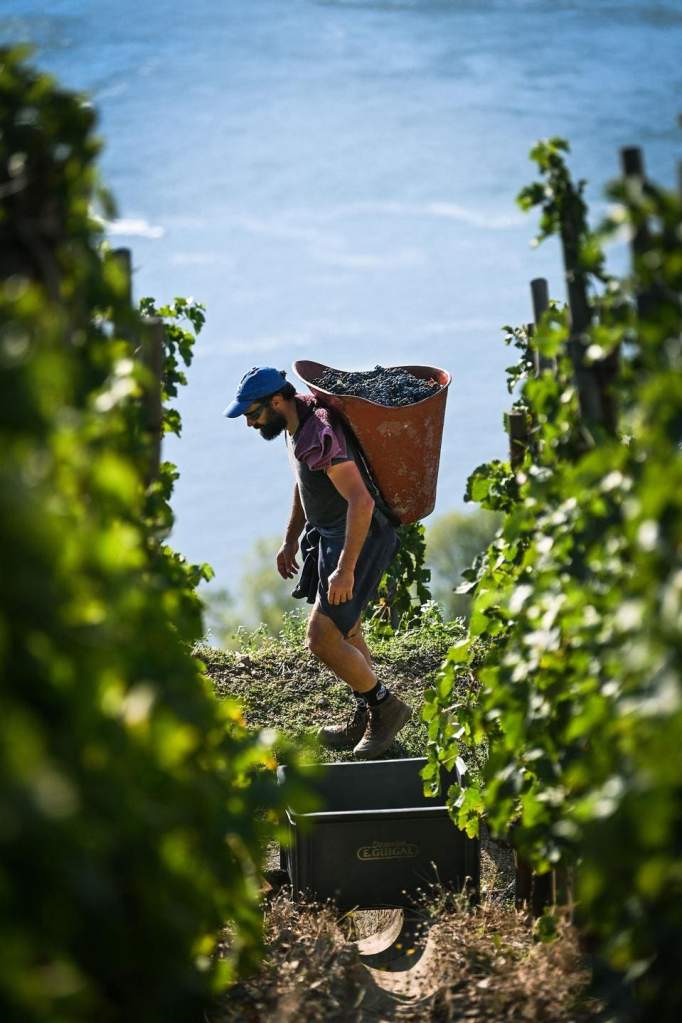
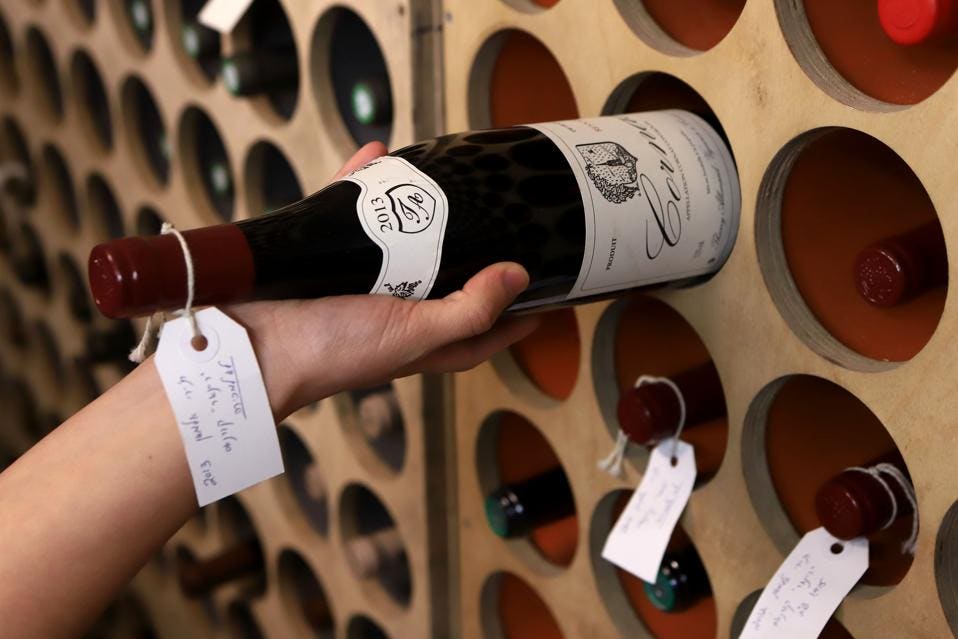
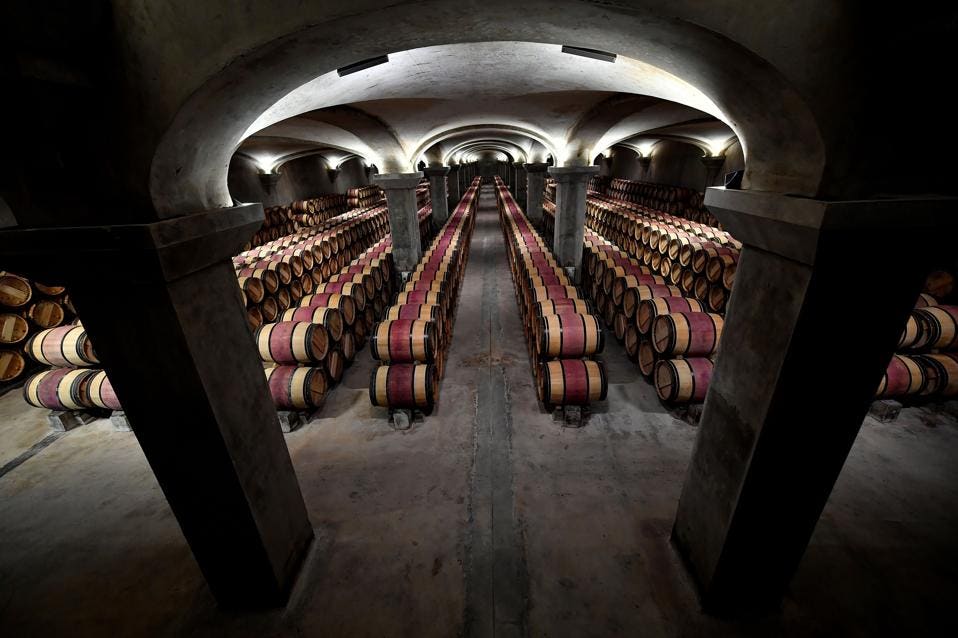
This article was first published on forbes.com and all figures are in USD.


